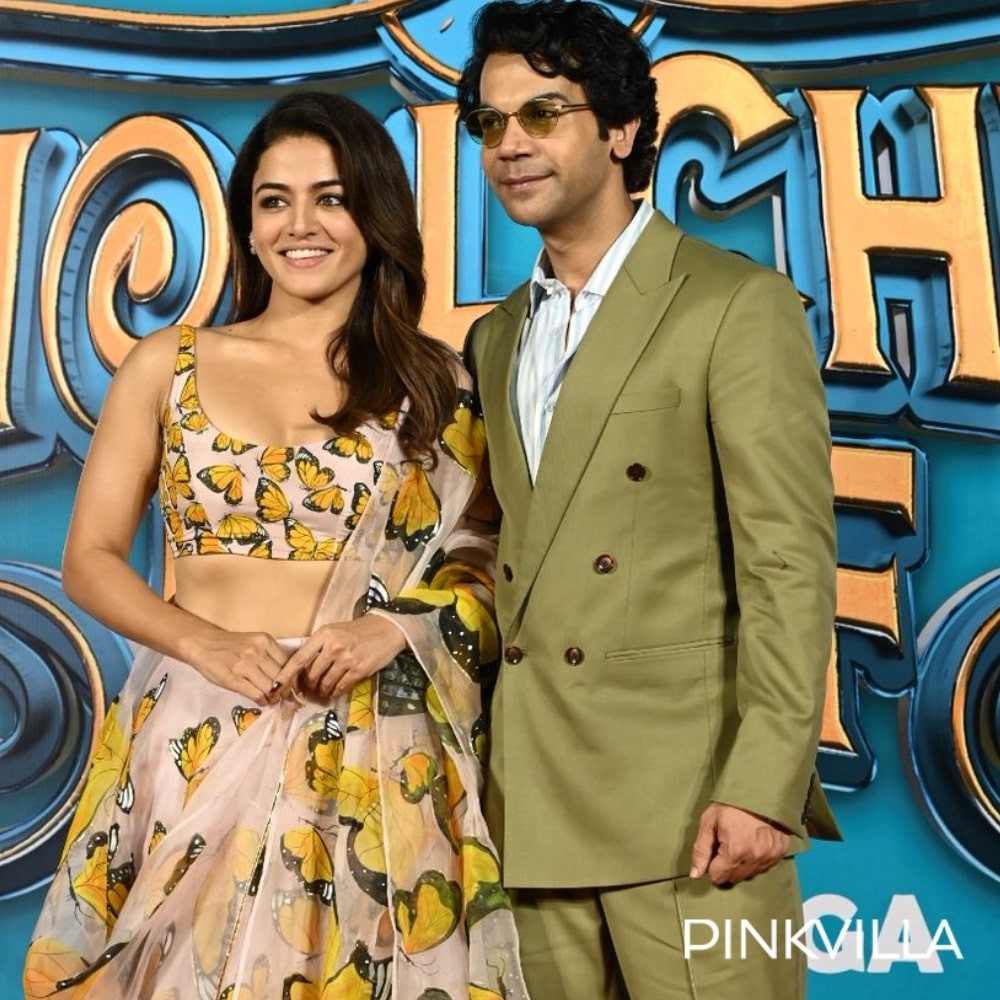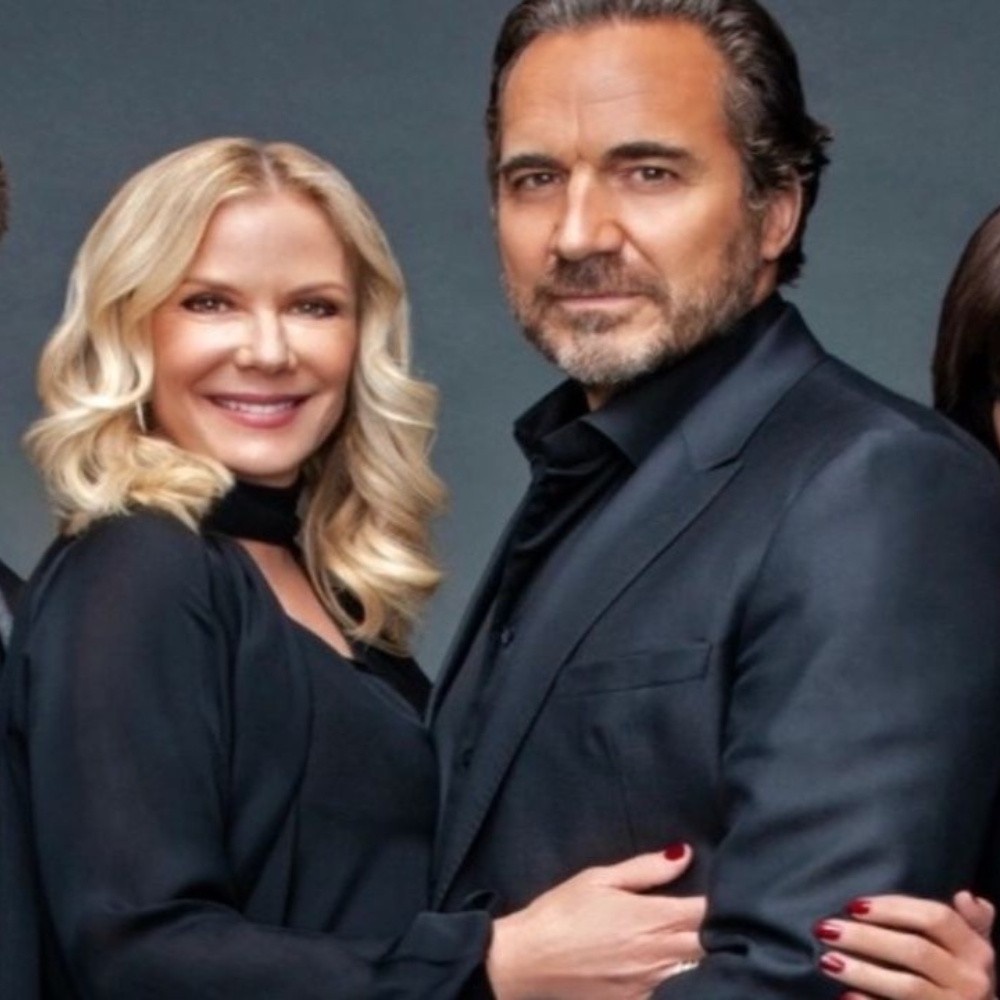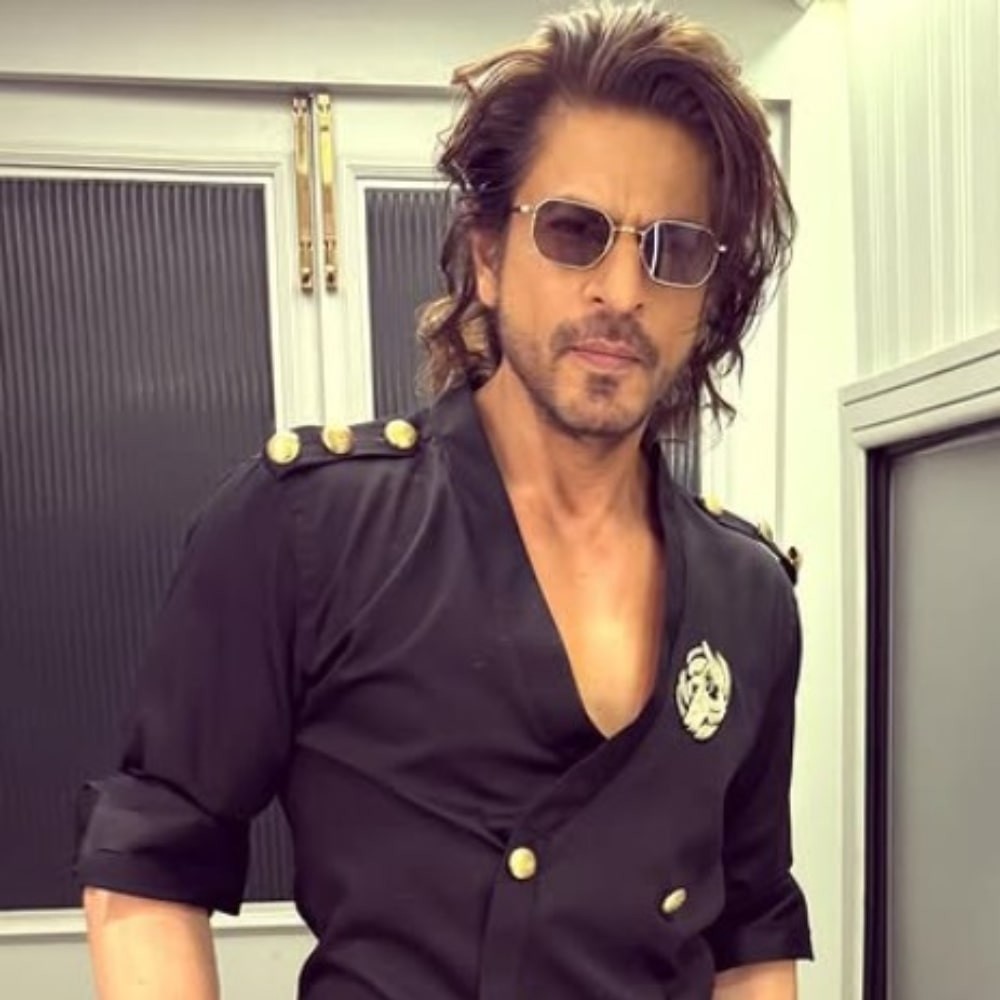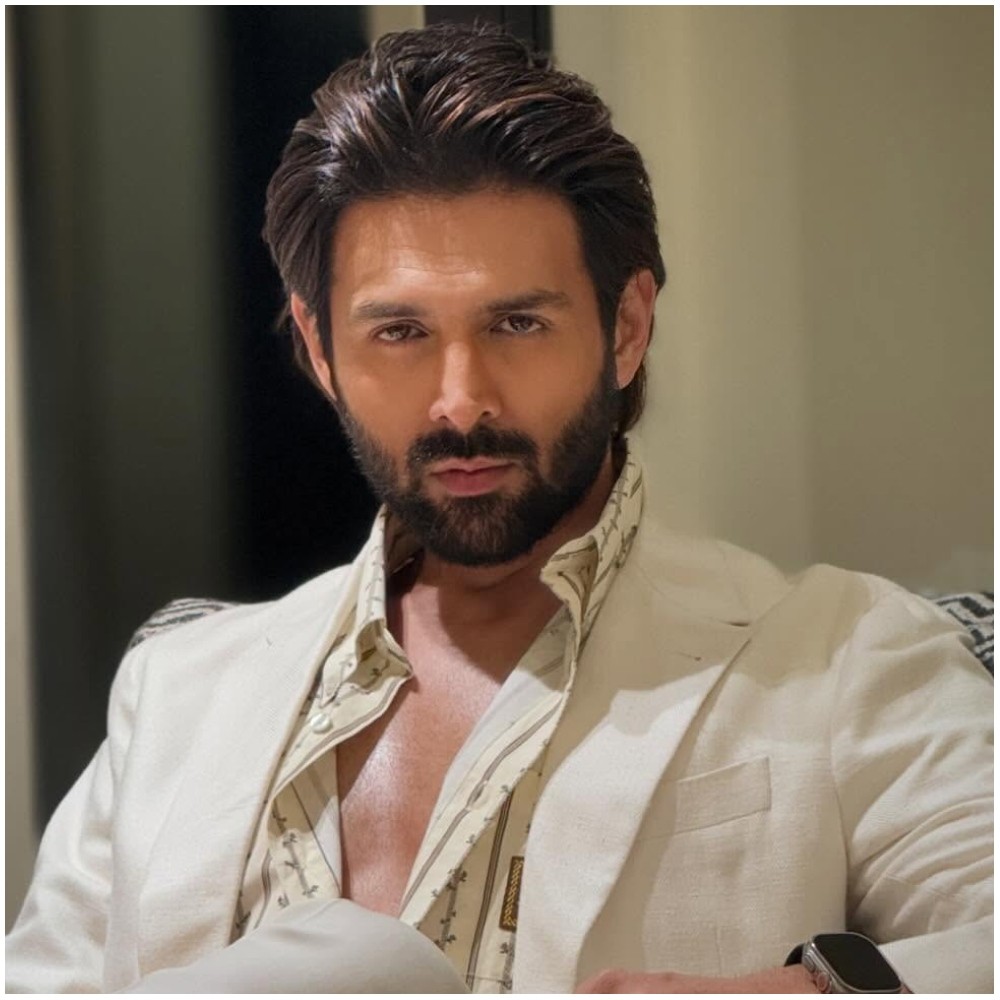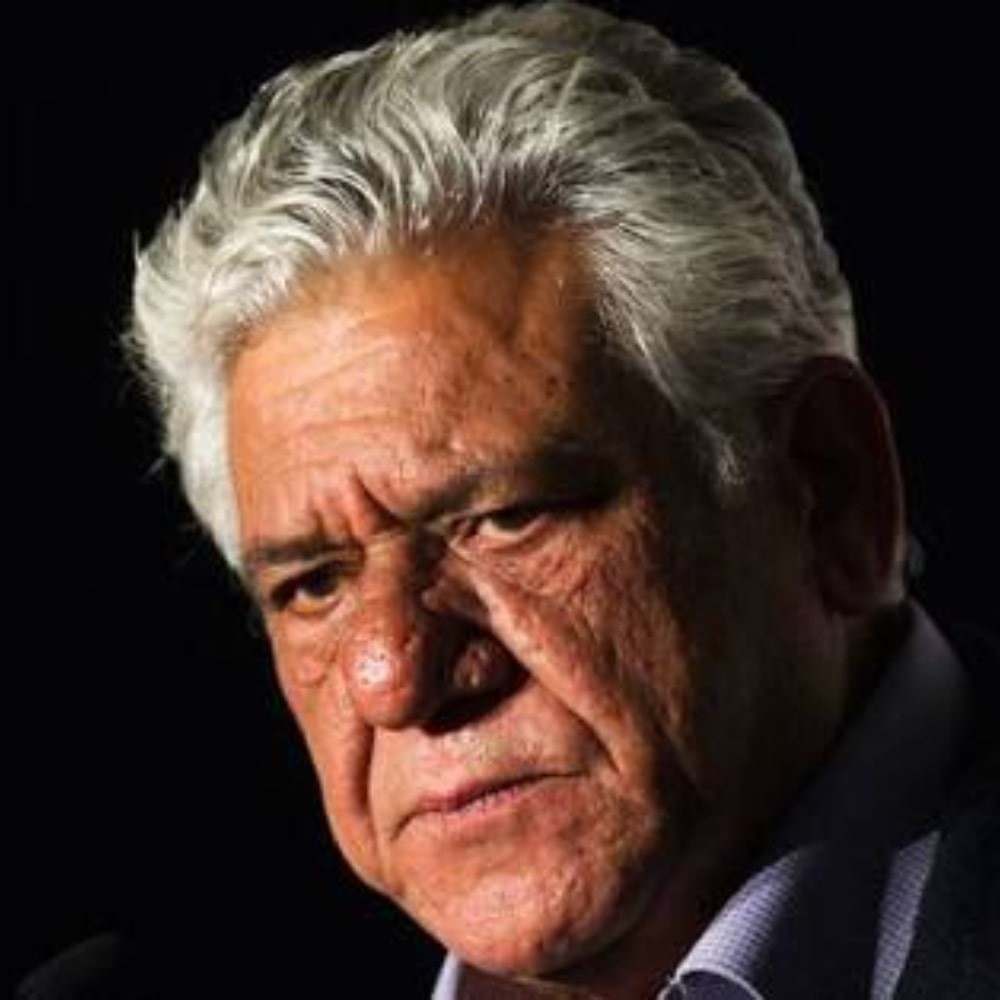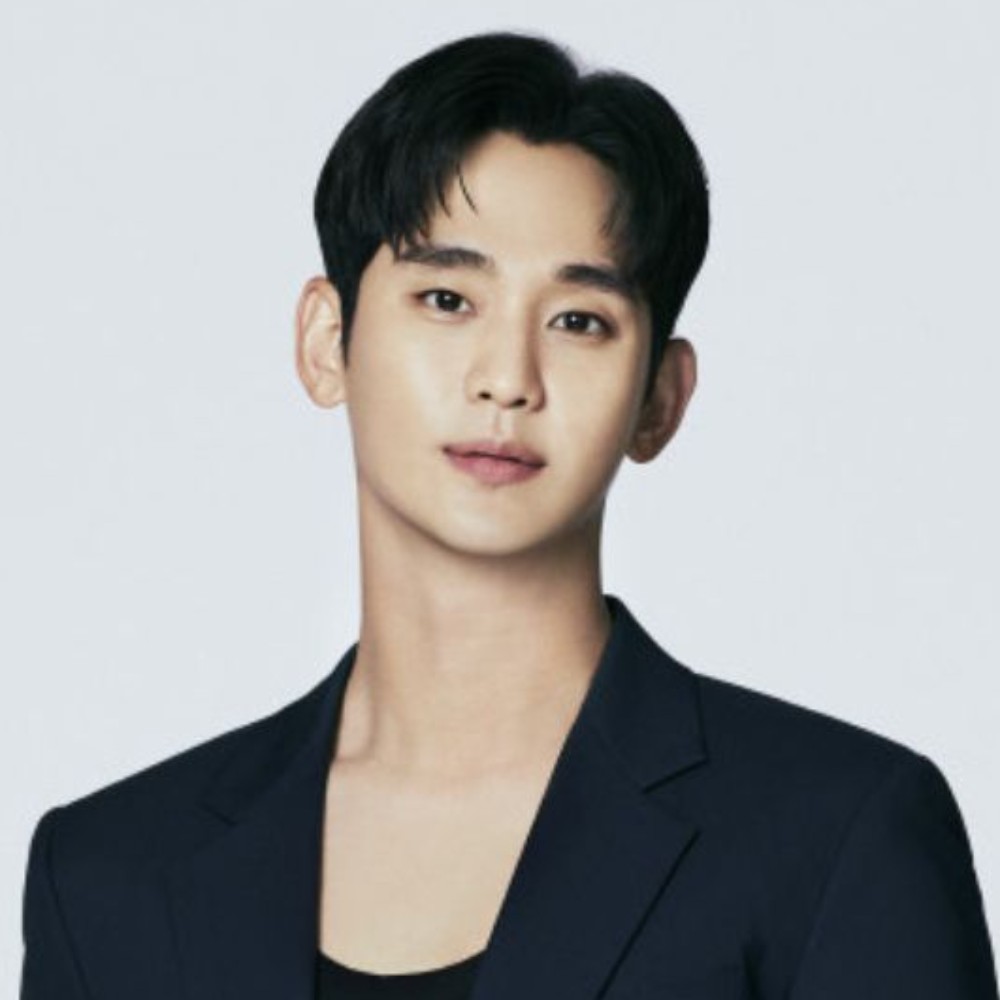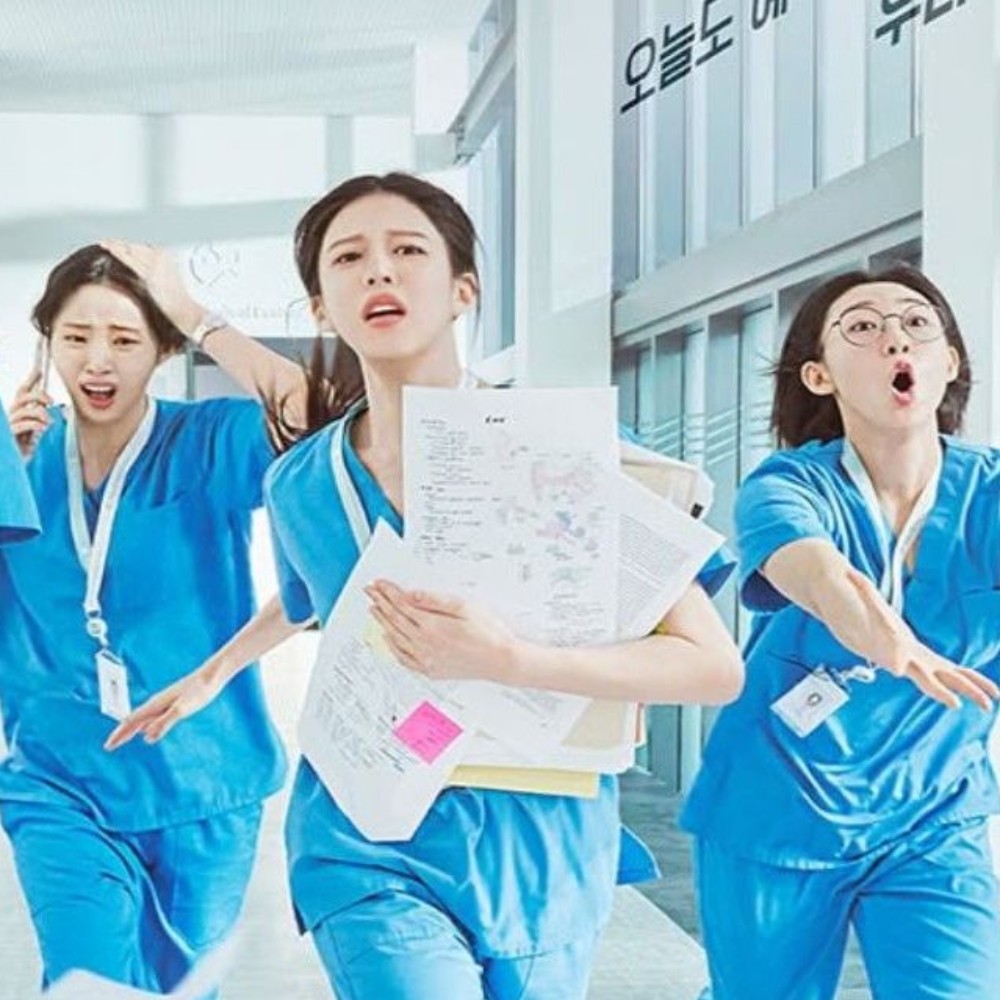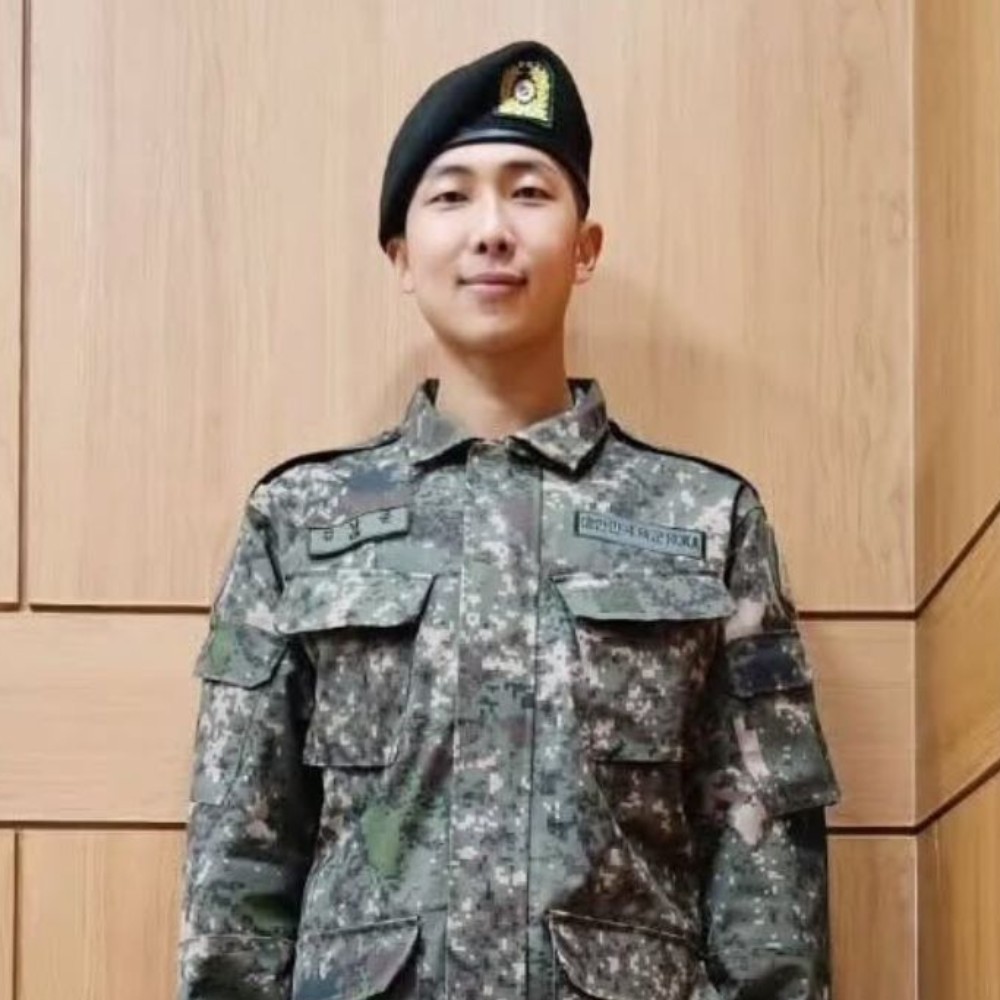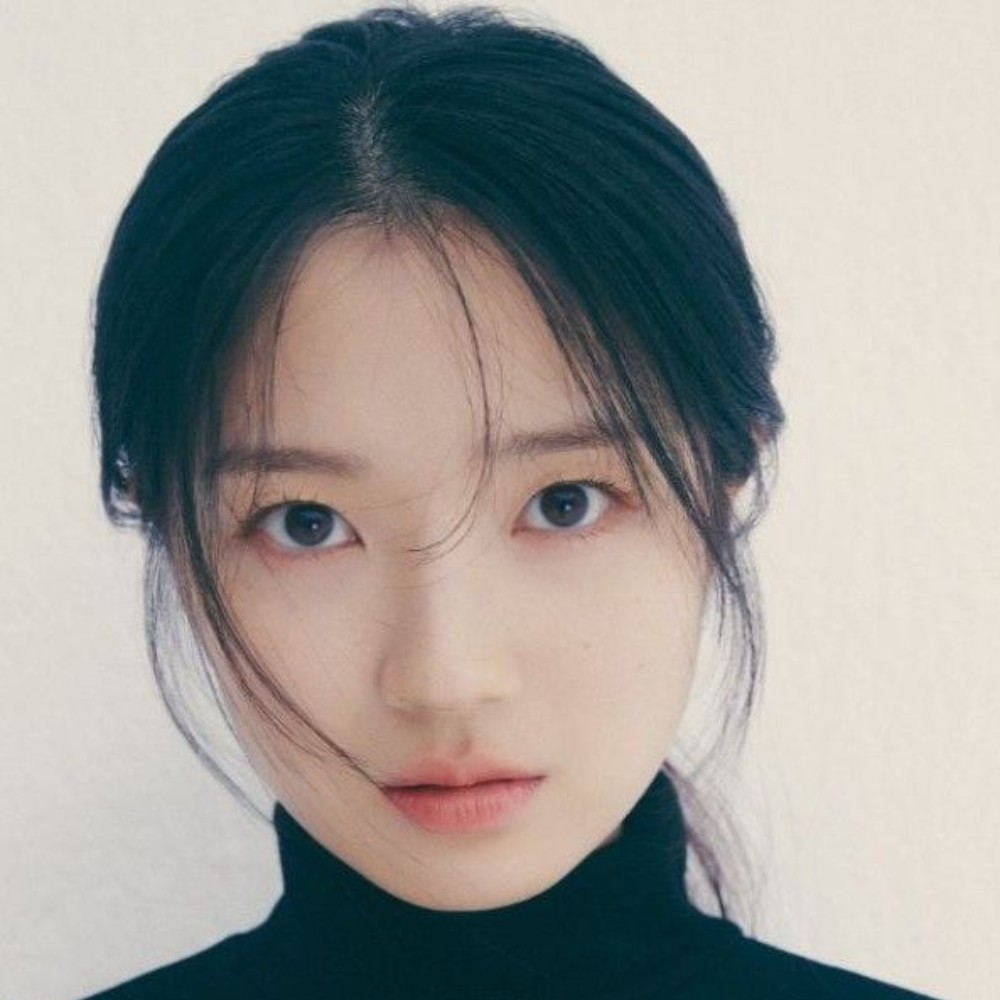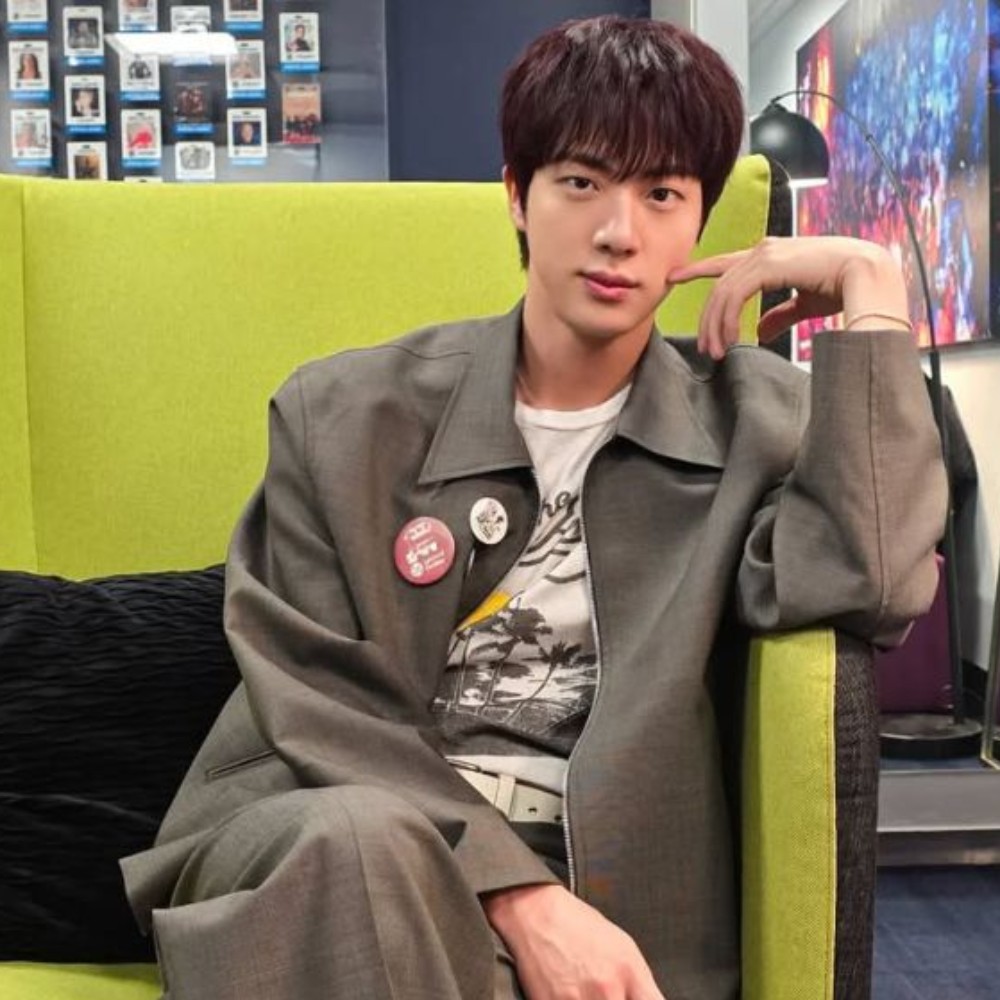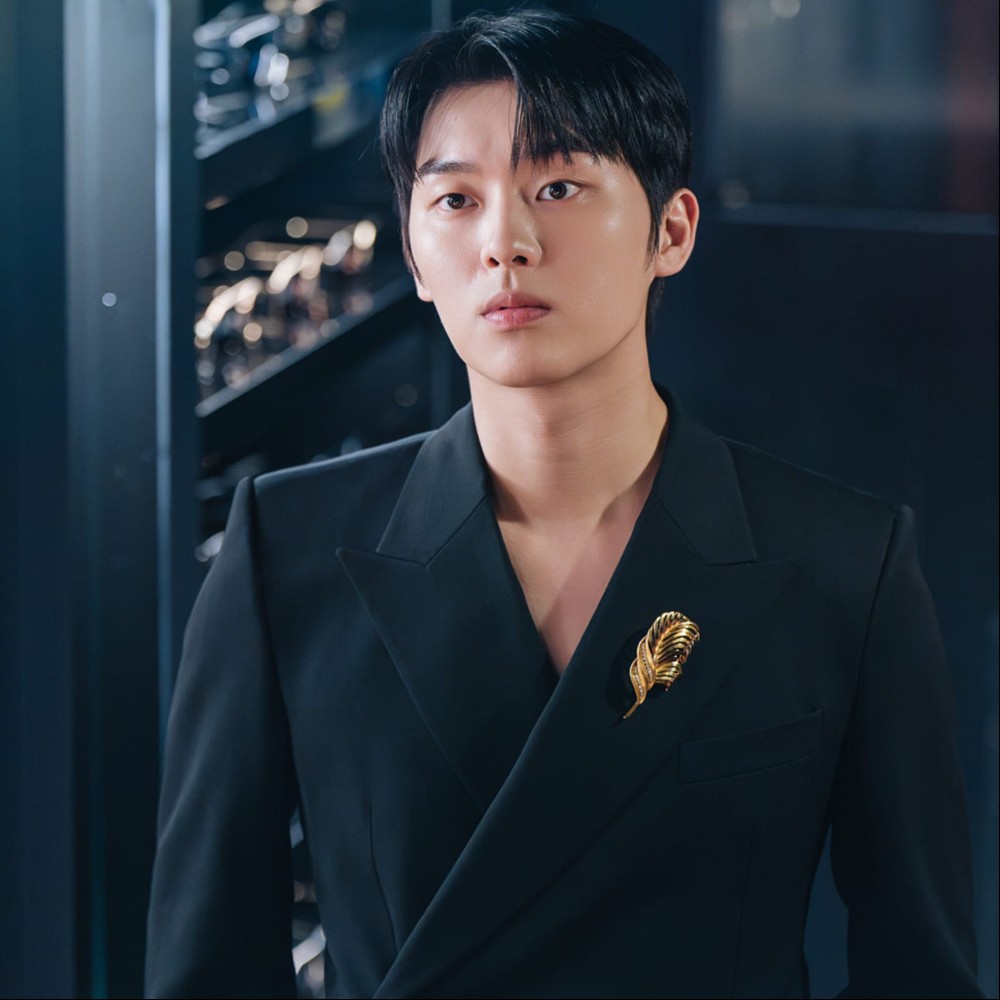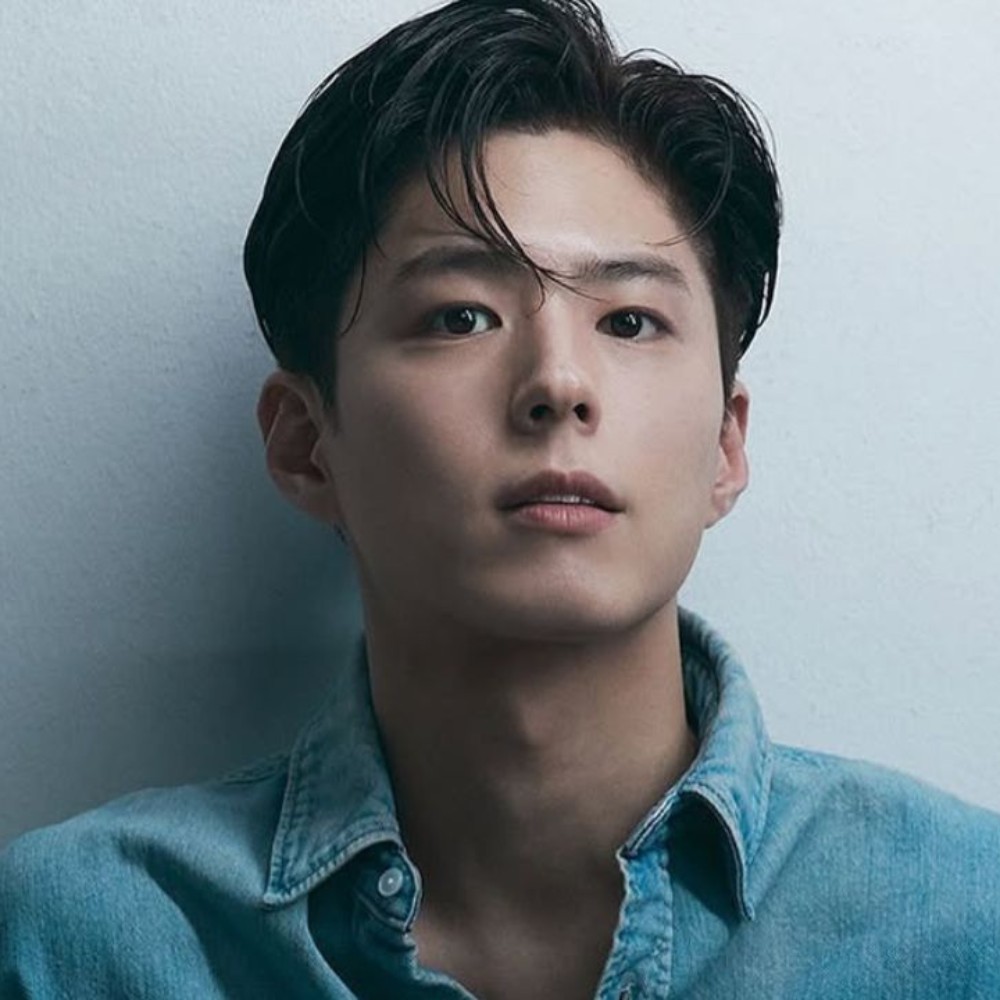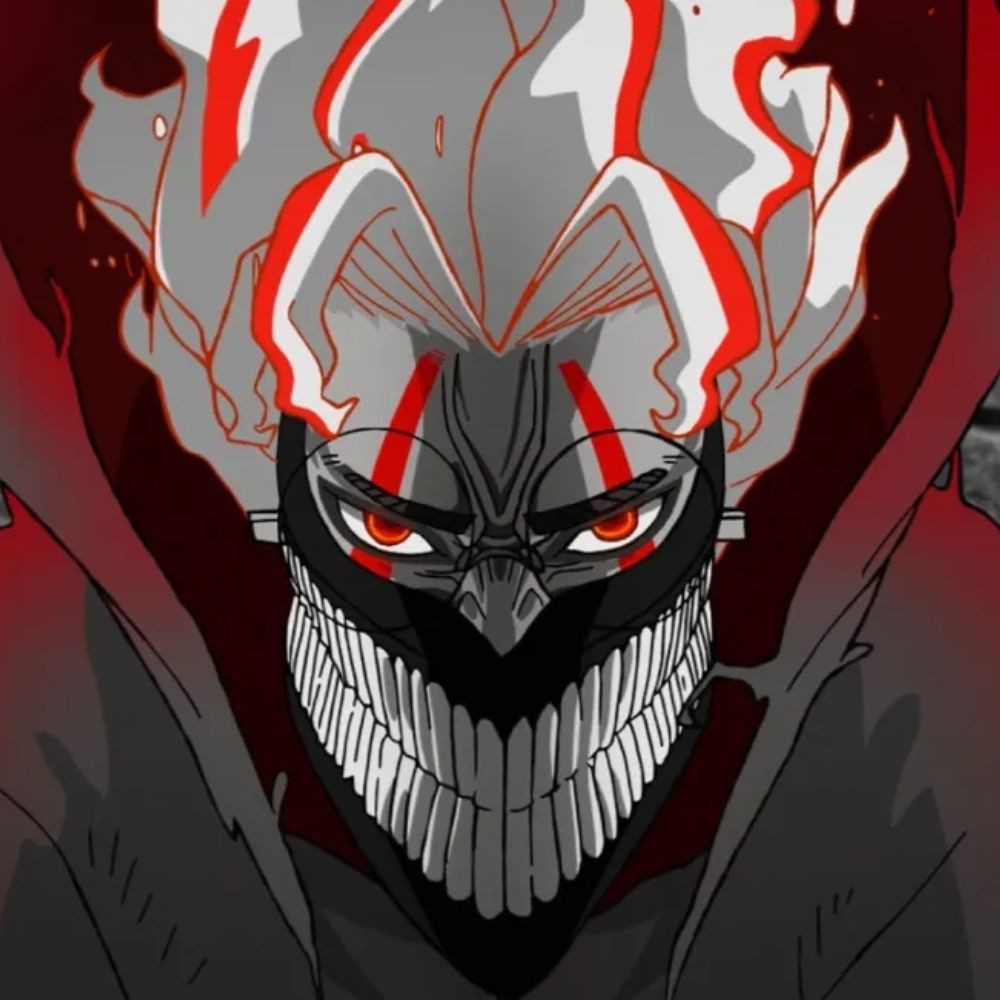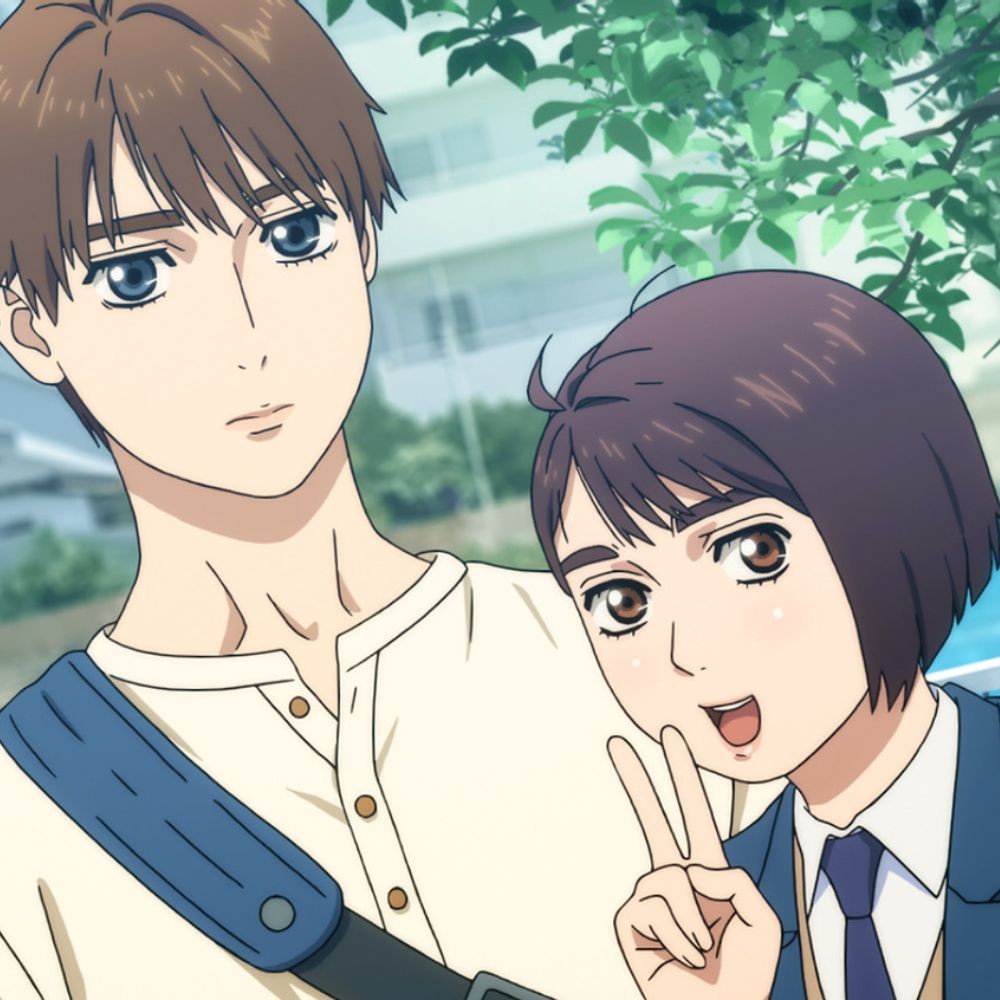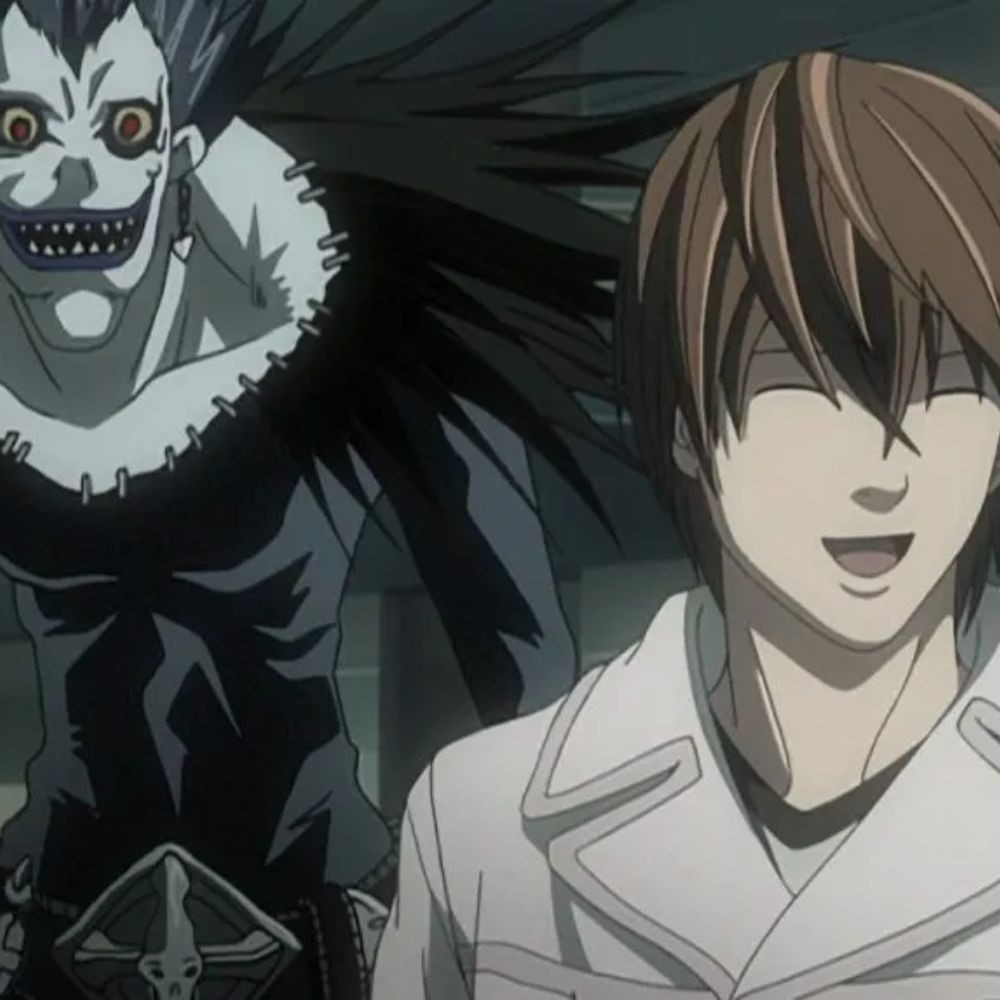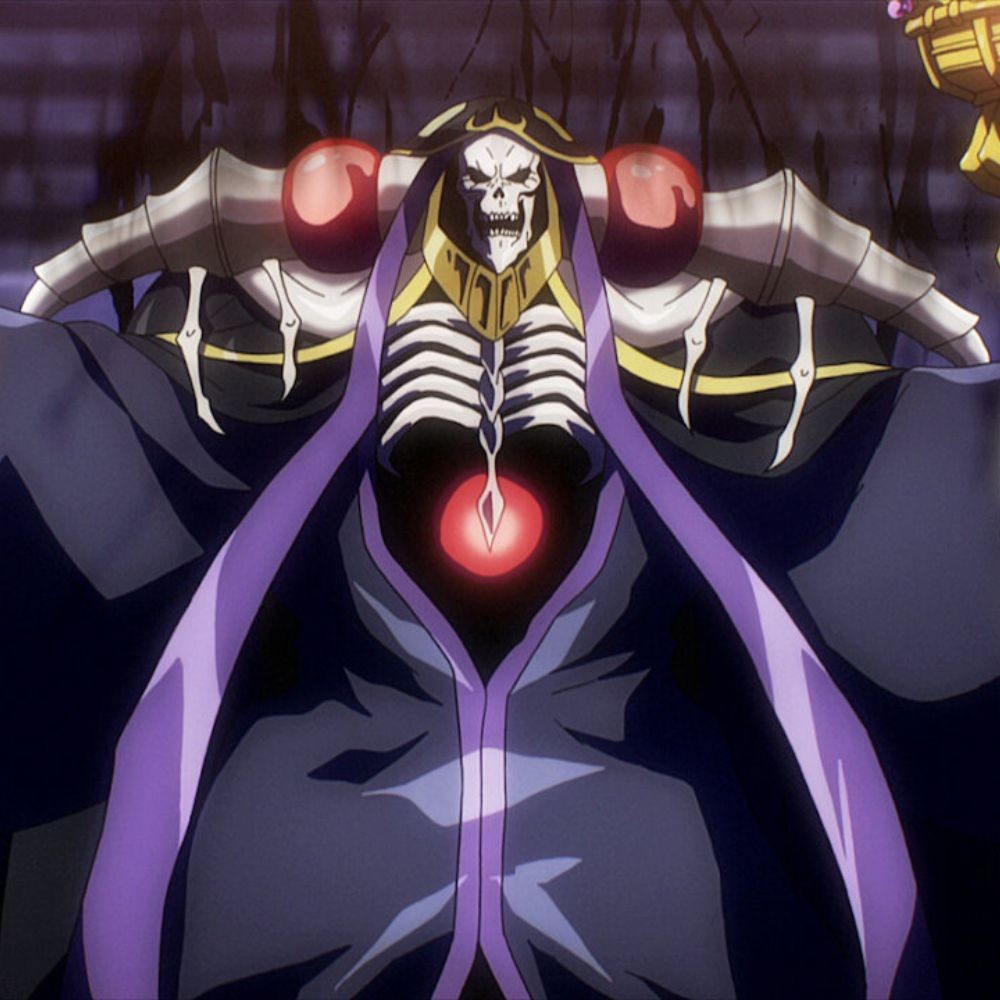Attack on Titan Ending Explained: Understanding Eren's Sacrifice and the Never-Ending Cycle of Conflict
In the finale of Attack on Titan, Isayama highlights the cyclical nature of violence, revealing Eren's sacrifice and the enduring struggle for peace, leaving fans with a bittersweet reflection on freedom. READ
![Attack on Titan [Image Credit- Crunchyroll, Studio MAPPA] Image Credit- Crunchyroll, Studio MAPPA](https://www.pinkvilla.com/images/2024-11/1282009305_attack-on-titan-c.jpg)
The ending of Attack on Titan delivers a powerful message about humanity, freedom, and the inevitability of conflict. Hajime Isayama crafted an ending that is true to the story’s complex themes, blending a bittersweet conclusion with the idea of cyclical violence. From the start, Isayama hinted at a cycle of suffering and repetition in his world. This was evident in the conflict between Eldians and Marleyans, whose hatred and fear of each other had been perpetuated for centuries. Despite Eren’s attempts to change this fate, his actions only ended up reinforcing it, showing that breaking free of such deep-rooted hatred is nearly impossible.
In the finale, Eren’s goal of creating a world where his friends could live freely beyond the walls is achieved only through his sacrifice. By becoming the ultimate villain and using the terrifying power of the Rumbling, he hoped to unite the world against him. Through this, he believed that Eldians would finally have a chance at peace. However, Eren’s plan came at a great cost, making his friends bear the burden of stopping him. His choices forced his closest allies, especially Mikasa, to make unimaginable sacrifices. Mikasa’s final act of mercy in ending Eren’s life released Ymir, the founder of Titans, symbolizing the end of the Titans' curse and the beginning of potential peace for Eldians. This difficult choice highlights the painful decisions necessary to break destructive cycles, even if only temporarily.
![Attack on Titan [Image Credit- Crunchyroll, Studio MAPPA] Attack on Titan [Image Credit- Crunchyroll, Studio MAPPA]](https://www.pinkvilla.com/images/2024-11/1730740382_attack-on-titan-as.jpg)
Isayama’s decision to include a post-credit scene that implies the cycle of conflict will continue is a reminder that history often repeats itself. The scene reveals Paradis Island being destroyed in a future war, suggesting that the peace Eren sacrificed everything for might not last. The tree where Ymir first encountered the power of the Titans reappears, mirroring her story and implying that someone else might find this ancient power and start the cycle anew. This image underscores the idea that humanity’s struggles and conflicts are an endless loop, with each generation facing similar challenges, despite the lessons of the past.
Isayama subtly foreshadowed this cyclical theme throughout the series. Characters frequently grapple with the harsh realities of the world they live in and question the purpose of their struggles. For example, Zeke’s philosophy that life exists only to reproduce reflects a cynical view of humanity’s tendency to repeat the same mistakes. Even Eren’s journey from a hopeful, determined young man to a world-weary, conflicted leader underscores this theme. Eren’s actions, though initially driven by a desire for freedom, ultimately trap him in the same patterns of violence he wanted to escape. He realizes, too late, that his pursuit of freedom came at a cost he could not bear alone.
Isayama’s message is clear: freedom and peace are difficult to achieve and even harder to maintain. True liberation requires not just the breaking of physical barriers but the dismantling of centuries-old hatred, fear, and prejudice. The finale of Attack on Titan leaves the audience with a haunting reminder that while individuals may change, human nature remains constant, often returning to old patterns of conflict and suffering.
In essence, the ending reflects the harsh reality that humanity’s cycles are hard to break, but it also leaves a glimmer of hope. The next generation—represented by characters like Gabi and Falco—might be able to learn from these sacrifices and make different choices. By ending the series this way, Isayama paints a realistic but challenging view of humanity’s potential, urging viewers to consider the impact of their actions and question whether they can truly escape the cycles of history.
ALSO READ: Jennifer Lopez Backs Kamala Harris at Rally, Criticizes Trump’s MSG Event as 'Offensive to Humanity'





 JOIN OUR WHATSAPP CHANNEL
JOIN OUR WHATSAPP CHANNEL
